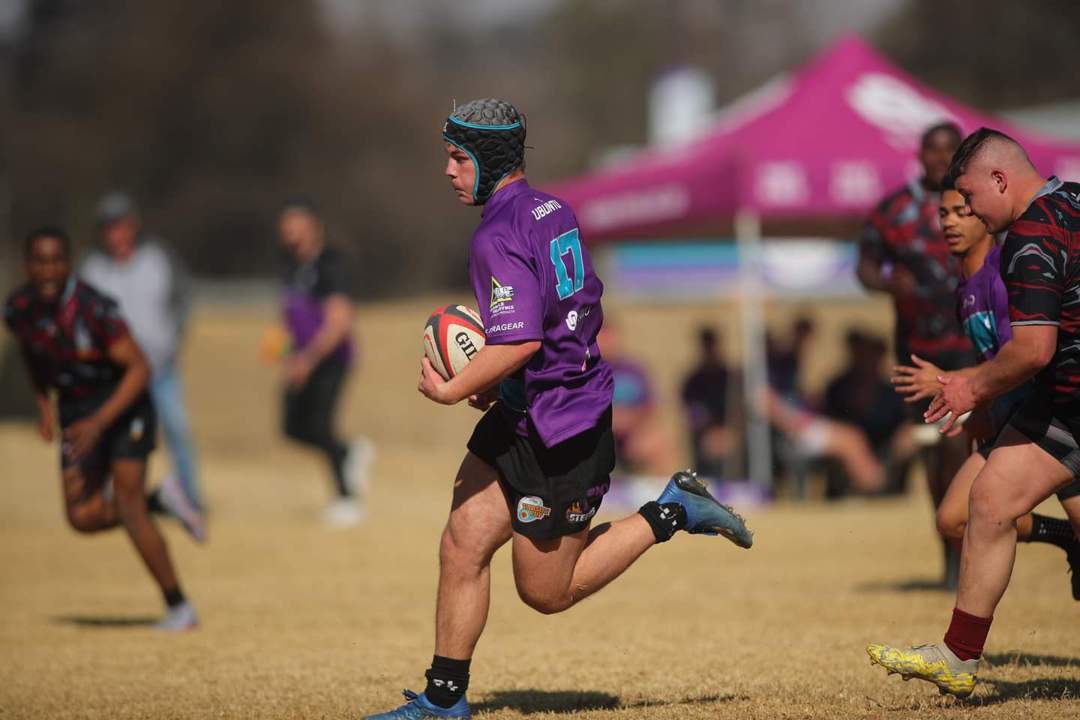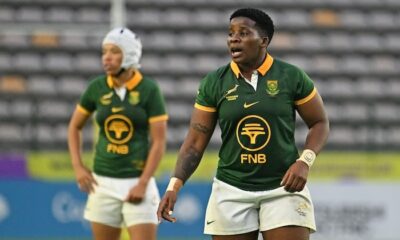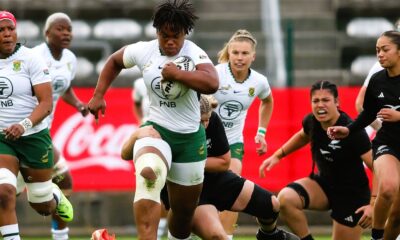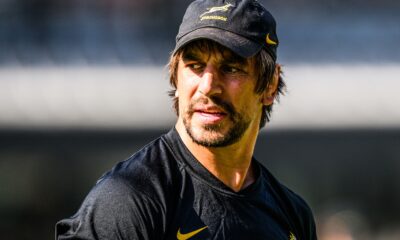News
Family Demands Justice After Rugby Tragedy: “Why Did Vilano Die?”

Three months on, still no answers. Rugby authorities accused of silence as family mourns young player’s preventable death.
The silence is louder than the cheers that once filled the North-West University rugby fields. Nearly three months after 20-year-old Vilano Saunders died from a neck injury sustained during an under-21 match, his family is still desperately waiting for answers and now, they’re accusing rugby officials of covering up a tragedy that could have been prevented.
Saunders, a second-year student at NWU’s Vanderbijlpark campus, broke his neck while playing in a position he wasn’t trained for. According to his family, he was thrown into the hooker position as punishment for missing a previous game. Now, they’re left piecing together what happened, as rugby authorities remain tight-lipped.
A promising player, a preventable injury
According to family spokesperson Hennie Venter, the lack of transparency is adding to their grief.
“I’ve sent two emails to Falcons Rugby Union official Etienne de Lange. He promised to get back to me. He never did,” Venter said.
The family believes basic safety protocols were ignored. They claim that Vilano had no prior training as a hooker, one of the most technically demanding and dangerous positions in the game. It was only when they saw him in hospital that they learned where he had been fielded.
“The first thing Vilano said when he saw us in hospital was, ‘Will I be able to play again?’” Venter recalled. “Then he asked if he was paralysed.”
That conversation would be one of his last.
Was it punishment? Family alleges coaching negligence
Perhaps the most disturbing allegation is that Vilano’s placement in the hooker role was not strategic—but punitive.
“Before his death, Vilano told me he was made to play hooker as punishment for missing a match,” said Venter.
The family believes the NWU under-21 coach and his staff bear responsibility, accusing them of prioritising discipline over safety. They argue that Vilano’s death wasn’t just an unfortunate incident—it was the result of poor decision-making and a breach of rugby’s own safety protocols.
“Rugby is a contact sport, yes, but player welfare must come first,” Venter said. “He should have been trained and conditioned for that position. He wasn’t.”
A wall of silence from rugby bodies
The family says they’ve been met with evasion and bureaucracy ever since. No formal report. No explanation. No closure.
De Lange, reportedly leading the investigation for the Falcons Rugby Union, declined to comment on why the family hasn’t been updated, saying only that “internal protocols are taking place” and a media statement would follow once finalised.
The South African Rugby Union has also yet to release any findings. Meanwhile, NWU spokesperson Louis Jacobs claimed the university has not received any report about the incident, an alarming admission that has only deepened the family’s suspicions of a cover-up.
Legal action looming
With no official report and the autopsy results still pending, the family says they are preparing for litigation. But what they want more than anything is accountability and to ensure that no other family has to go through what they’re going through.
“It’s shocking that Rugby South Africa and their unions don’t care,” Venter said. “It’s like he didn’t matter.”
A sport under scrutiny
This incident raises uncomfortable questions for South African rugby as a whole. Are amateur players being protected enough? Are university-level coaches trained to handle high-risk situations? What systems are in place to ensure player safety and are they working?
South African rugby has long prided itself on toughness, legacy, and national pride. But in the face of tragedies like this, that pride rings hollow unless it’s backed by action and responsibility.
A family’s heartbreak, a nation’s shame
As students return to class and matches resume, Vilano Saunders’ absence is painfully felt. His teammates grieve. His parents wait. The field where he collapsed has moved on, but his family has not.
They’re still asking one question: Why was he there?
And why, even now, won’t anyone answer them?
{Source: The Citizen}
Follow Joburg ETC on Facebook, Twitter , TikTok and Instagram
For more News in Johannesburg, visit joburgetc.com



























